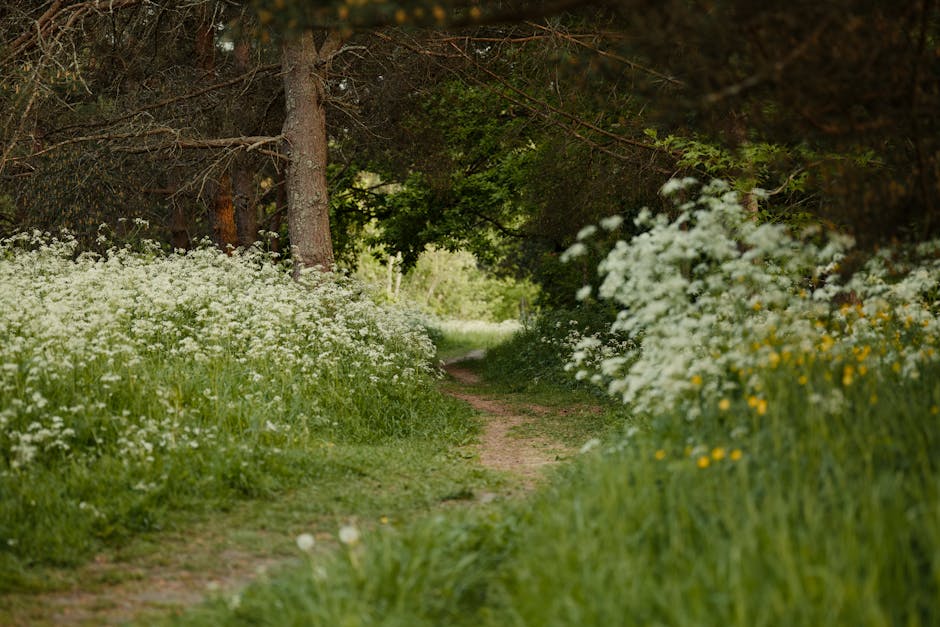
From Forest to Table: Cooking with Wild Ingredients Found in Nature's Pantry
Introduction to Foraging
Embarking on a journey from forest to table begins with understanding the basics of wild ingredients that thrive in nature's pantry. Foraging allows us to connect with nature, discover seasonal flavors, and incorporate fresh, natural ingredients into our cooking.
Common Wild Edibles
Some popular edible plants include wild mushrooms, berries, and wild herbs like garlic mustard or nettles. Proper identification is crucial, so always consult reliable guides or experts before harvesting.
Harvesting Tips
Practice sustainable harvesting by taking only what you need and leaving enough to ensure the plants can regenerate. Use safe harvesting tips to avoid damaging ecosystems and ensure your wild forage remains plentiful for future foragers.
Cooking with Wild Ingredients
Wild ingredients can elevate your culinary creations. Incorporate fresh herbs into salads, use wild mushrooms in hearty stews, or create flavorful berry jams. Experimenting with these ingredients allows you to explore wild cooking recipes that highlight their natural flavors.
Safety and Legal Considerations
Always ensure you are foraging legally and ethically. Some areas require permits or prohibit foraging, and some wild plants can be toxic if misidentified. For more guidance, visit our foraging guidelines section.
Conclusion
Cooking with wild ingredients offers a sustainable and rewarding way to enjoy nature's bounty. Embrace the adventure of discovering new flavors and contribute to preserving our natural ecosystems by foraging responsibly.
